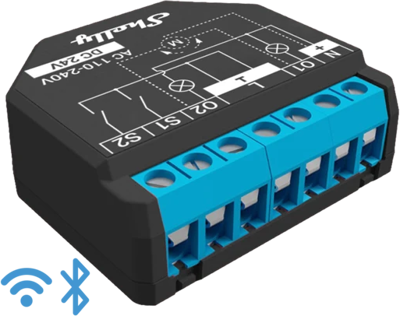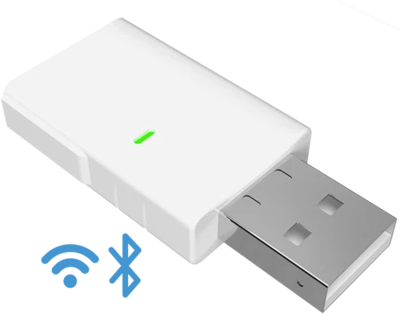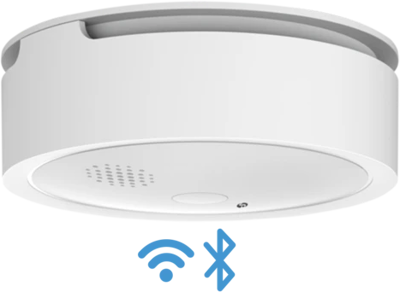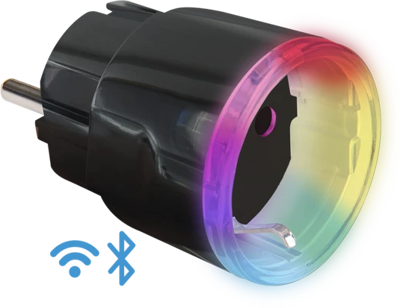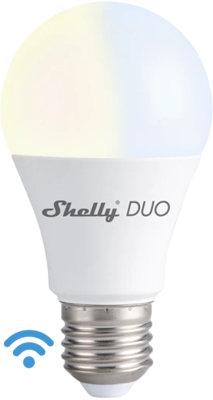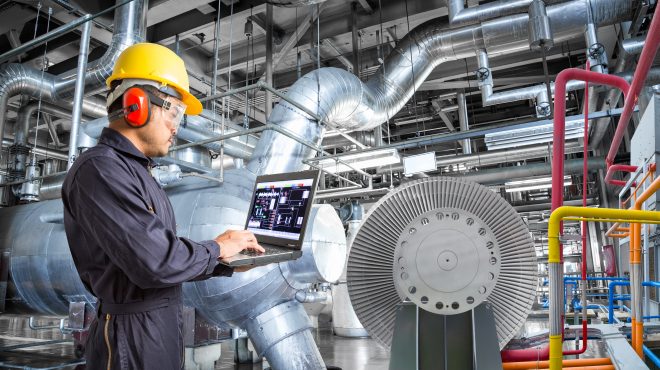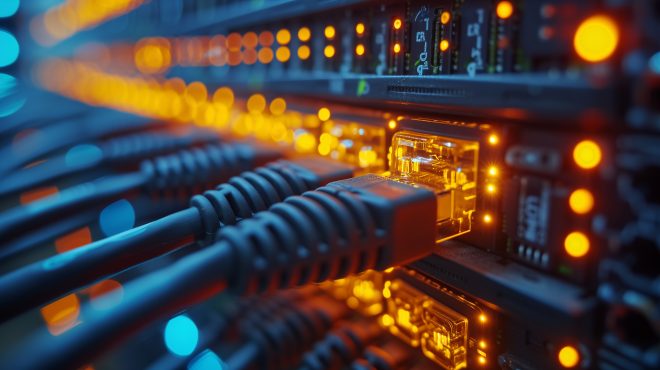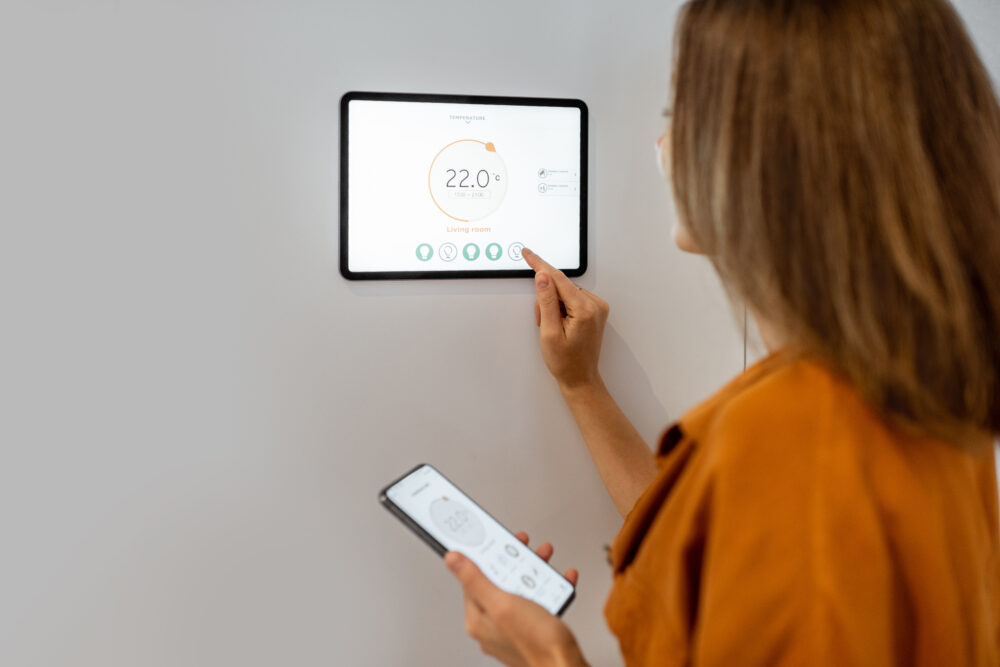
Smart Home Automation: Energy Efficiency and Comfort for Your Home
Digitalization has changed numerous areas of life in recent years. One development ideally suited to everyday use is the smart home. Smart home automation makes it possible to control and automate household appliances centrally. This increases comfort, improves security and optimizes energy consumption. We will explain what smart home automation actually encompasses. You will also learn more about energy efficiency and how to integrate a smart home into the smart grid.
Table of contents
- Back to the beginning: What is smart home automation?
- What types of smart homes are there?
- What devices and appliances can be controlled in a smart home?
- What do you need for a smart home?
- What are the advantages of a smart home?
- What are the disadvantages of smart homes?
- Smart grid and automation: the future of the connected home
- Smart home automation – an investment in the future
Back to the beginning: What is smart home automation?
Smart home automation refers to the automation and central control of household appliances via the Internet. With intelligent systems, you can control your lighting, heating, security applications and many other objects using a single platform.
The renowned manufacturer Shelly offers a wide range of products for this purpose, and its devices can be seamlessly integrated into such systems. These technologies are designed to make everyday life easier, reduce energy consumption and increase security.
In comparison, ‘smart building’ refers to the digitalization of an entire building. Read the magazine article ‘Smart Buildings: The Building of the Future’ to learn more about how this broader concept works.
What types of smart homes are there?
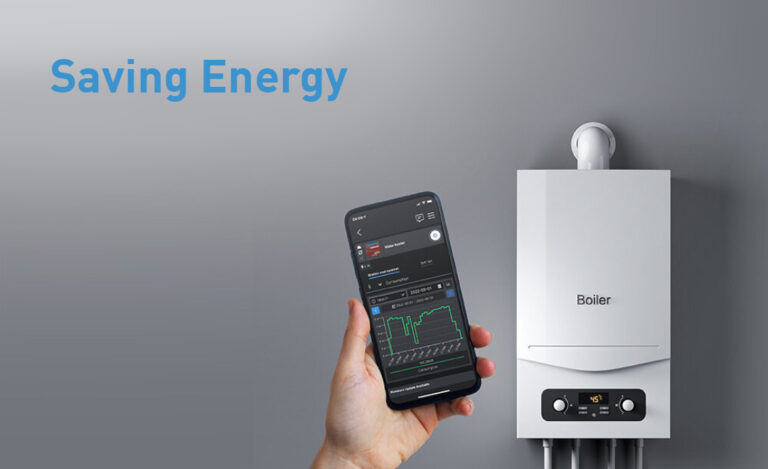
There are different types of smart home systems that cover different needs:
- Comfort-oriented systems: In this case, automation is used to perform everyday tasks such as controlling lighting and heating. For example, Shelly offers solutions designed for smart lighting control that increase comfort in your home.
- Security-oriented systems: These include surveillance cameras, alarm systems and access controls that protect your home from break-ins and other hazards.
- Energy-efficient systems: The aim of such applications is to optimise energy consumption by intelligently controlling devices. Products developed specifically for this purpose enable you to monitor and adjust the energy consumption of your household appliances in real time.
What devices and appliances can be controlled in a smart home?
In a smart home, almost all electrical devices can be automated and controlled remotely. These include:
Intelligent lighting
As part of a smart home system, you can adjust the brightness and colour of your lights as you please, as well as switch them on and off automatically. You can program your lighting system to turn all the lights on or off with a single switch when you enter or leave the house. Manual operation can, of course, also be automated. In addition, special modes can be activated, for example, dimmed lighting at night.
Heating and air conditioning
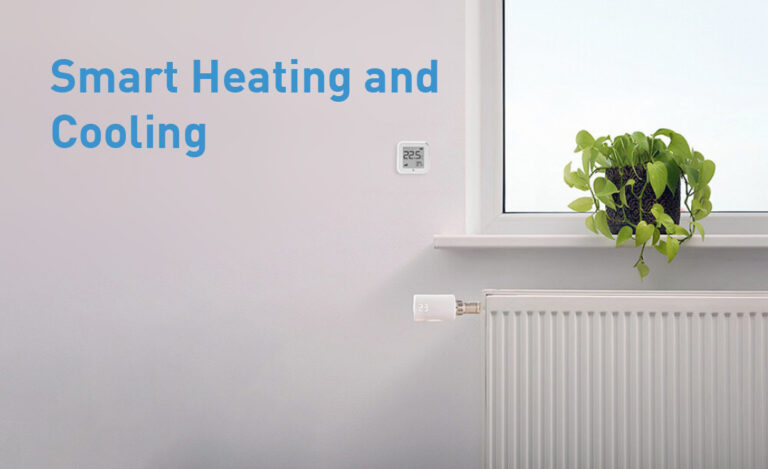
Smart thermostats are the central component when it comes to the smart control of heating and air conditioning. They learn your habits and automatically adjust the room climate to your needs. For example, the controls can decrease the temperature when you leave the house and increase it again just before you return.
Many smart thermostats take weather forecasts into account to adjust heating and cooling as necessary. You can use apps to adjust the temperature anytime, anywhere, thus avoiding unnecessary energy consumption.
In addition, smart thermostats can be integrated into certain scenarios: for example, the temperature can be automatically decreased when a window is opened.
Roller shutters and blinds
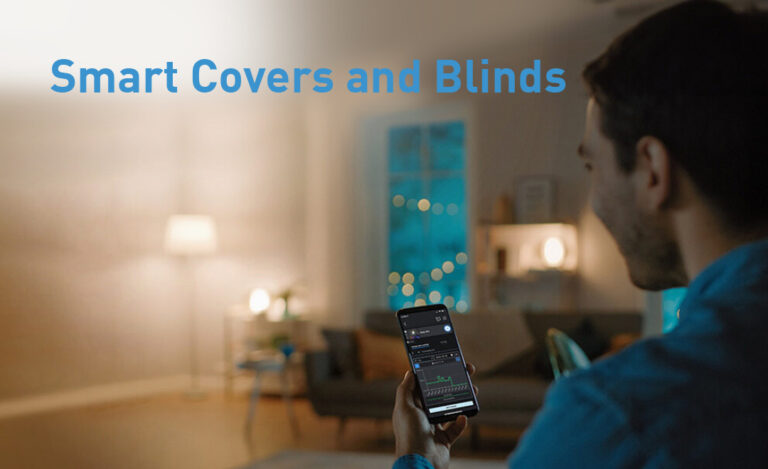
Wake up to the morning light without having to open the curtains? Intelligent systems enable convenient, automated control. You can either set a specific time or use motion sensors that react as soon as you get out of bed.
Furthermore, the blinds can also be automatically controlled based on the respective weather conditions, which increases living comfort and energy efficiency.
Consumer electronics
With a simple command to a voice assistant such as Alexa, Google Assistant or Siri, you can switch on TV sets, change channels or adjust the volume. Smart sockets and infrared hubs can also integrate older devices that were not originally designed for smart home use into the automation.
They also allow you to create routines: for example, you can programme a ‘film evening’ scene in your smart home where the lights dim, the blinds close and the TV turns on at the push of a single button.
Security systems
Smart cameras detect movement and send notifications to your smartphone as soon as they detect unusual activity. With an app, you have access to the cameras and live images anytime and anywhere.
Alarm systems can be linked to other smart devices to control them automatically in an emergency. Lights can be switched on, doors locked or a notification sent to a security service.
Sensors for doors and windows monitor the state of your entrances. As soon as something ‘unusual’ happens, they become active. Smart doorbells with integrated cameras and speakers allow you to see and talk to visitors – even when you are not at home.
What do you need for a smart home?
To create a smart home, you need the appropriate equipment. This includes the following components:
- Central control unit: This can be a hub or a platform such as Home Assistant. All devices are networked and controlled via this unit.
- Smart devices: Light switches, thermostats or security cameras: all these devices can be integrated into the smart home system and thus automated. Manufacturers such as Shelly offer a variety of products for this purpose.
- Reliable network connection: A stable WLAN is necessary to connect all devices with each other and to be able to control them from anywhere.
- Security measures: Encrypted connections and secure passwords are essential to protect your smart home from unauthorised access.
Retrofitting a smart home
Important information for anyone who wants to make their home smart but is concerned about the potential for renovation work: there is a smart way to avoid laying new wires or drilling holes. Products like the powerful Shelly actuator effortlessly turn normal sockets or light switches into smart Wi-Fi switches.
What are the advantages of a smart home?
A smart home encompasses numerous aspects that make everyday life easier while also increasing efficiency:
- Convenience: You can easily control all devices via an app or voice control without having to manually operate each switch.
- Security: Smart surveillance systems detect and report break-ins or other hazards at an early stage.
- Energy efficiency: By automatically controlling heating, lighting and other devices, energy consumption can be optimised. This saves costs and protects the environment.
- Integration into the smart grid: Smart homes can be integrated into a smart grid, which enables efficient energy use. Real-time monitoring of energy consumption plays an important role here.
What are the disadvantages of smart homes?
Despite the numerous advantages, there are also some critical aspects to consider:
- Costs: The initial installation of a comprehensive smart home system can be expensive, especially for larger houses.
- Data protection: Security vulnerabilities can arise when devices are networked and information is stored in the cloud.
- Complexity: The large number of devices and systems available can make setting up and maintaining a smart home complex and time-consuming.
Smart grid and automation: the future of the connected home
A smart home can become part of a smart grid. This is an intelligent energy network that optimises the flow of energy. In a smart grid, households communicate with the energy network to control consumption and improve grid stability.
By automating devices and monitoring energy consumption in real time, a smart home can respond flexibly to energy availability. Products from manufacturers such as Shelly are particularly helpful in this regard, as they support integration into such systems and enable dynamic control.
Smart home automation – an investment in the future
Smart home automation offers numerous possibilities for making your home more comfortable, secure and energy efficient. The right combination of smart devices and a central control unit can make everyday life considerably easier while optimising energy consumption. Providers such as Shelly offer flexible and powerful solutions that can be easily integrated into existing systems. Whether for comfort, security or energy efficiency, a well-planned smart home is an investment for the future that pays off both ecologically and economically.

